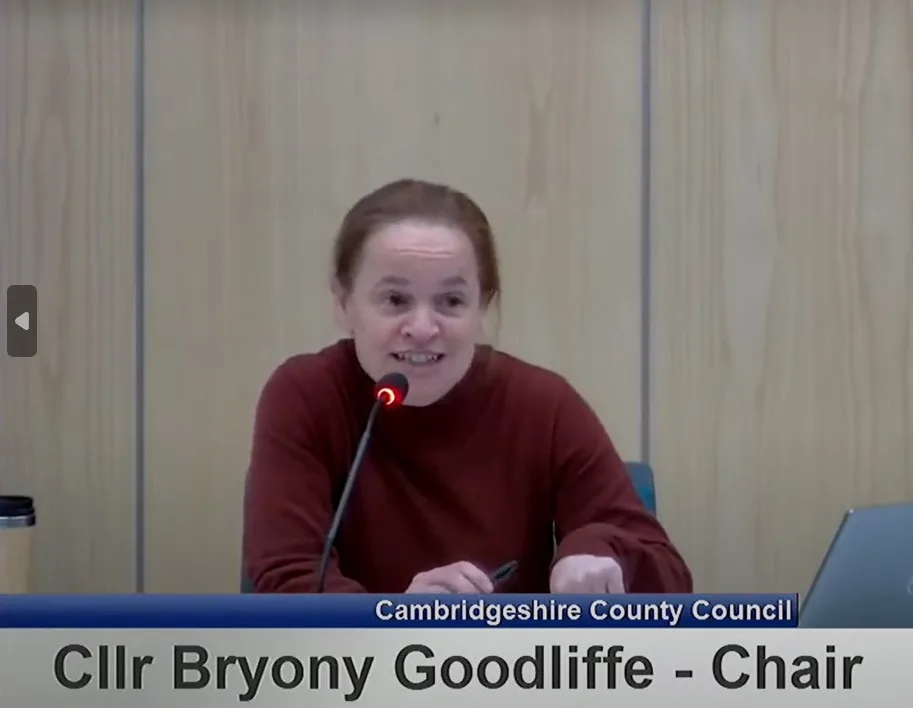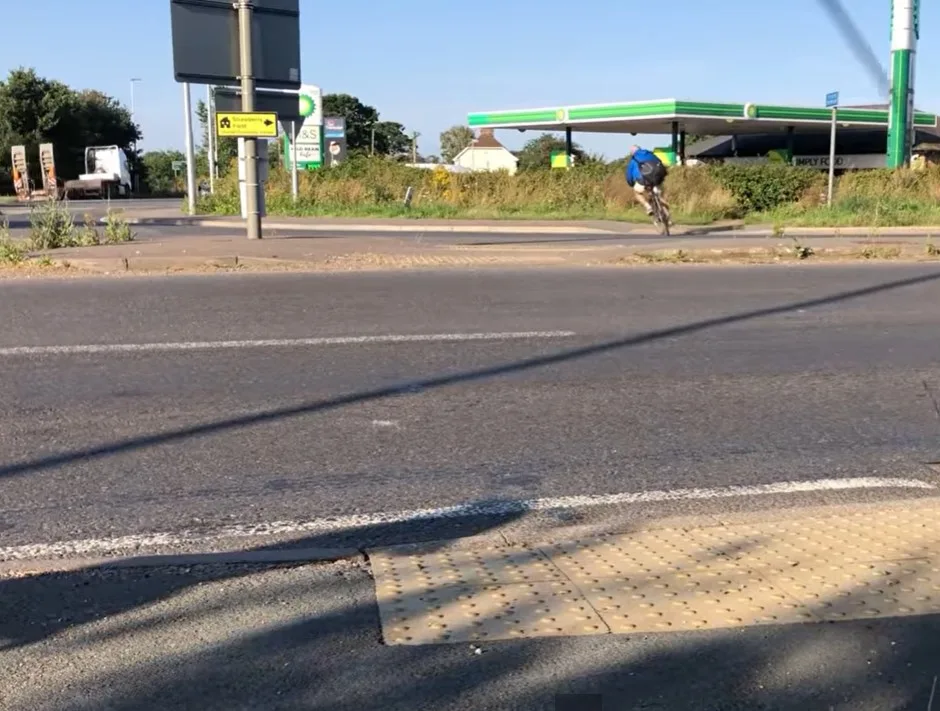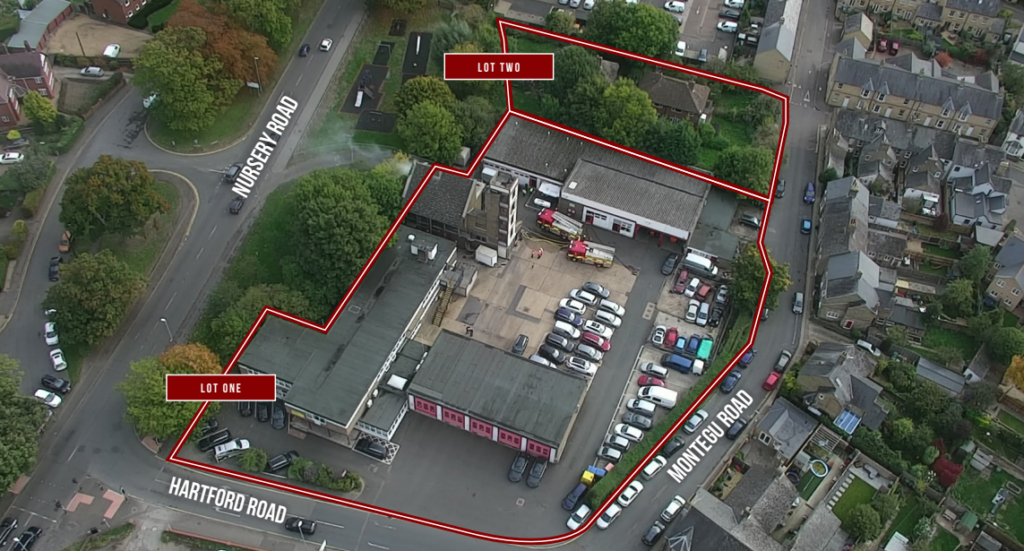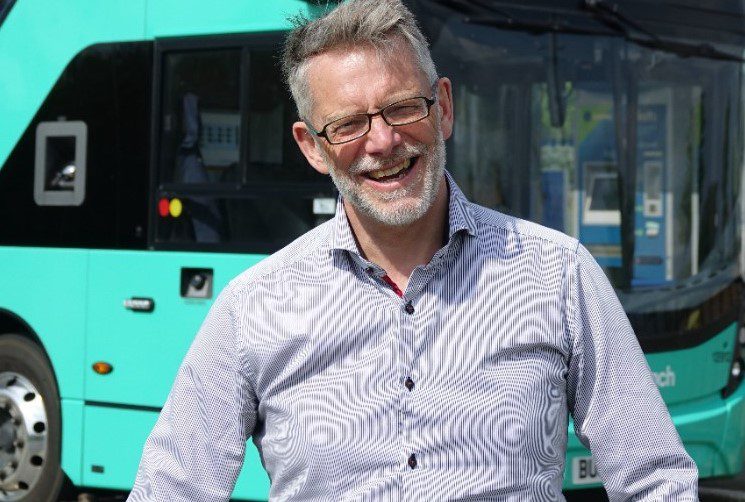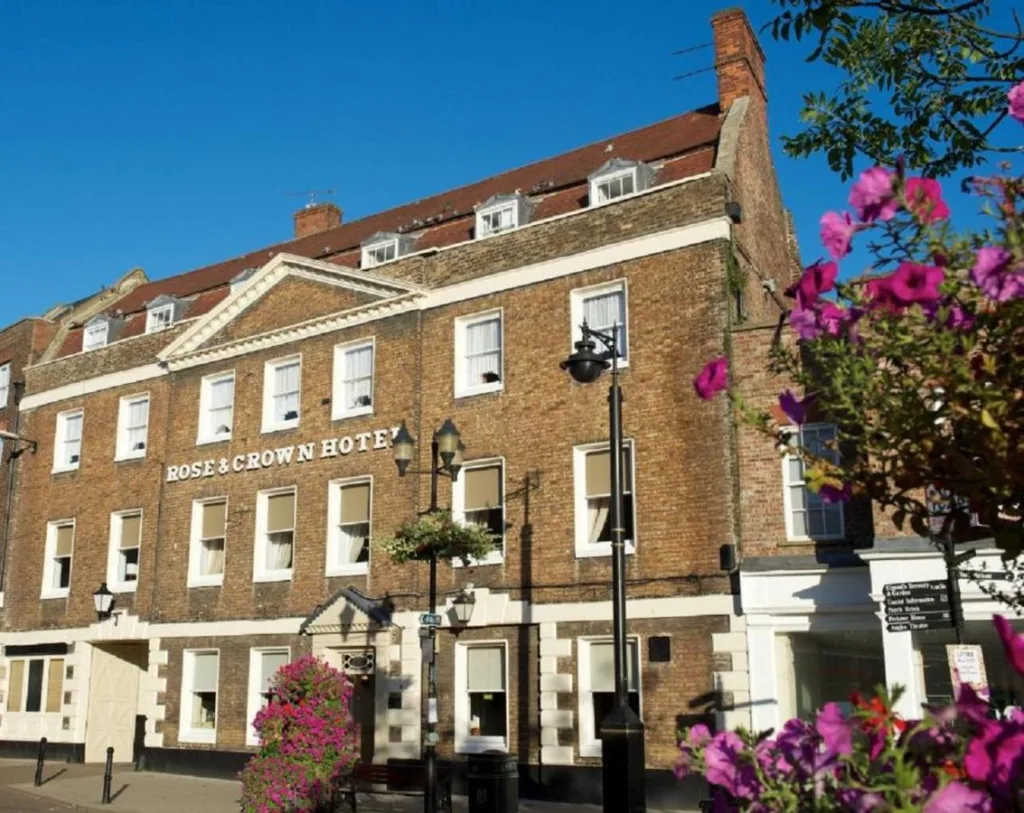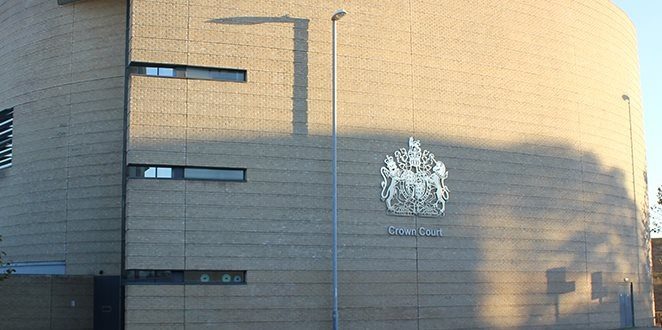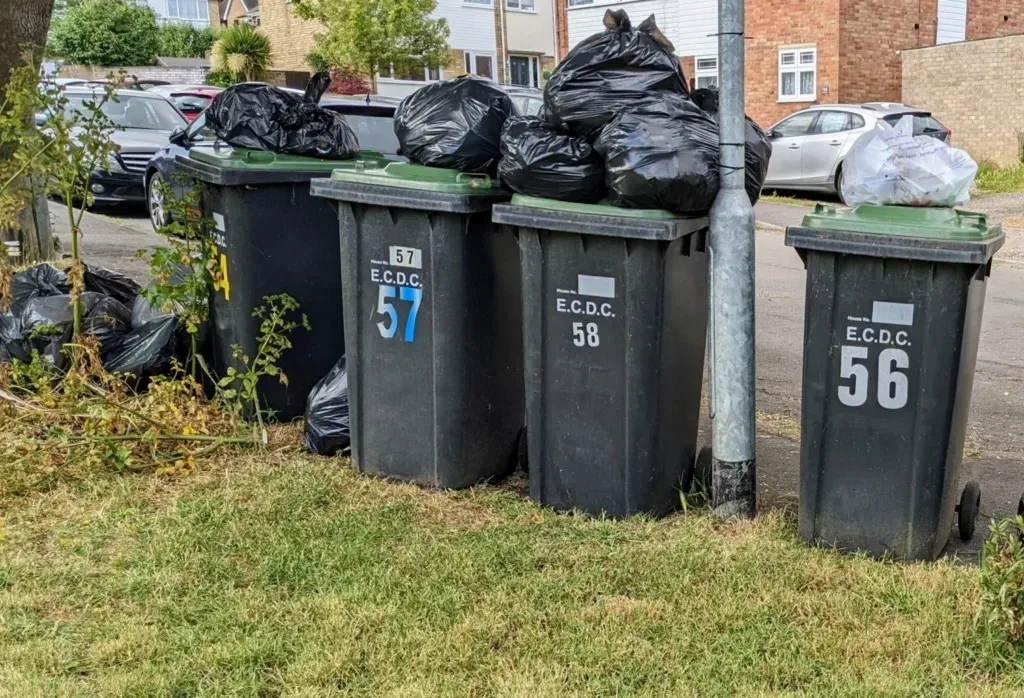Manea has become the epicentre of a political storm ahead of May 4 local elections with the independent candidate Charlie Marks switching to the Conservatives after a row over the village school.
Cllr Marks claims Cambridgeshire County Council has “taken £2.5m from the agreed budget by Labour: Manea is already classified as a ‘deprivation school’. Yet Manea and its children are losing out again”.
An investigation by CambsNews to test his claim shows that the county council young people and children’s committee has only removed one element of a long-term plan for the school – and most of that is still going ahead.
Saving of £2m
A four-classroom extension will be built but the county council, facing huge budgetary challenges, has removed what a report to county councillors described as “some internal remodelling”. It represents a saving of £2m.
Martin Field, chair of the North East Cambridgeshire Constituency Labour Party, said the issue was raised at a local hustings event when “Cllr Marks expressed outrage that children at Manea would have to have PE lessons in the same room as they also had their lunch in.

“As though this was a terrible and unique situation; the reality is that there must be very few primary schools in the country that have the luxury of a separate dining room”.
The county council says criteria for all school projects in the pipeline were examined in the light of budget constraints.
Principles of review
“Applying the principles of the review in terms of all capital delivery being directly linked to either basic need delivery or condition of the building, it is proposed that the scheme is adjusted to the delivery of 4 classroom extension,” was how their report summed it up.
“The impact of this review of the programme at a scheme level was largely to realign projects to current development led timescales.
“There were also projects included linked to basic need, which now, due to a change in housing development, are no longer required.”
Councillors were told of three projects -including Manea – that have been adjusted.
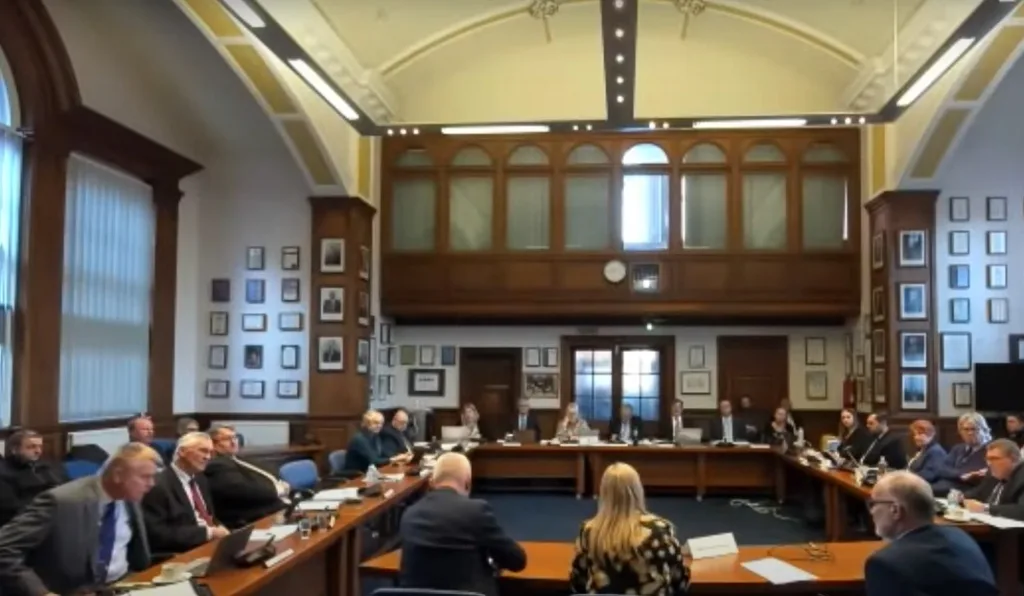
1: North Cambridge Academy where originally £5m had been included in the programme to cover a 1FE expansion.
“This is now not possible given inflationary rates within the £5m budget and so the proposal has been revised to include £1m investment to deliver an additional three to five places per year, per year group (in line with basic need requirement),” says the report.
“This represents a saving of £4m.”
2: St Phillip’s primary school, Cambridge, which is “currently in the programme being funded through section 106 contributions.
“This scheme aimed to deliver an additional classroom as well as remodel the entrance way.
“However, it isn’t linked to basic need requirement.”
The report said that removal of the scheme following the “review principles of capital projects being directly linked to basic need, allows for the £1.7m s106 contribution to be re-distributed to other Cambridge City schemes that have a basic need requirement”
The scale of the challenges facing the county council were outlined in the report which was considered by the committee last November which stated that a cumulative budget gap of £86m still remained in the five-year draft business plan.
“Rising costs of materials and construction are affecting the overall budget requirement for schemes, and rising interest rates are increasing the cost of the borrowing which funds much of our capital programme,” said the report.
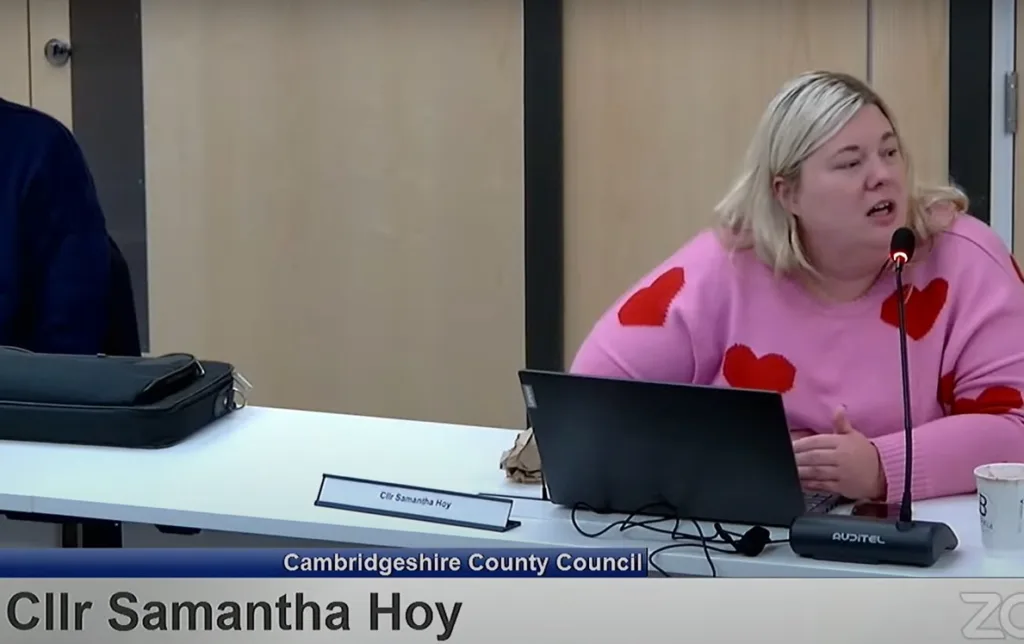
“Increases in the costs of many schemes are reflected in the capital budget tables and rising borrowing costs have adversely affected the budget gap.
“We have reviewed the phasing, scope, design and cost of some schemes to bring costs down.”
Cllr Bryony Goodliffe, chair of the children and young people’s committee, believes Cllr Marks has engaged in a “complete misrepresentation of the facts”.
She said the committee heard that due to national government cuts to local authority budgets, the county council could only afford to pay for essential educational needs for any of the schools in the local education authority.
The money for a 4-class expansion at Manea Primary School, which was needed for educational reasons, has been allocated.
Internal remodelling not essential
However, a £2m internal remodelling was included in the proposed scheme and this was not agreed, as it was not thought essential for educational purposes.
Mr Field said: “Cllr Marks further claimed that the money that would have been spent on Manea school was now being spent on schools in Labour controlled areas but provided no evidence.
“The council has confirmed they have no plans to build anything beyond educational need at any school in the local authority, because of budgetary pressures due to the chronic underfunding of Cambridgeshire schools by the Westminster government.
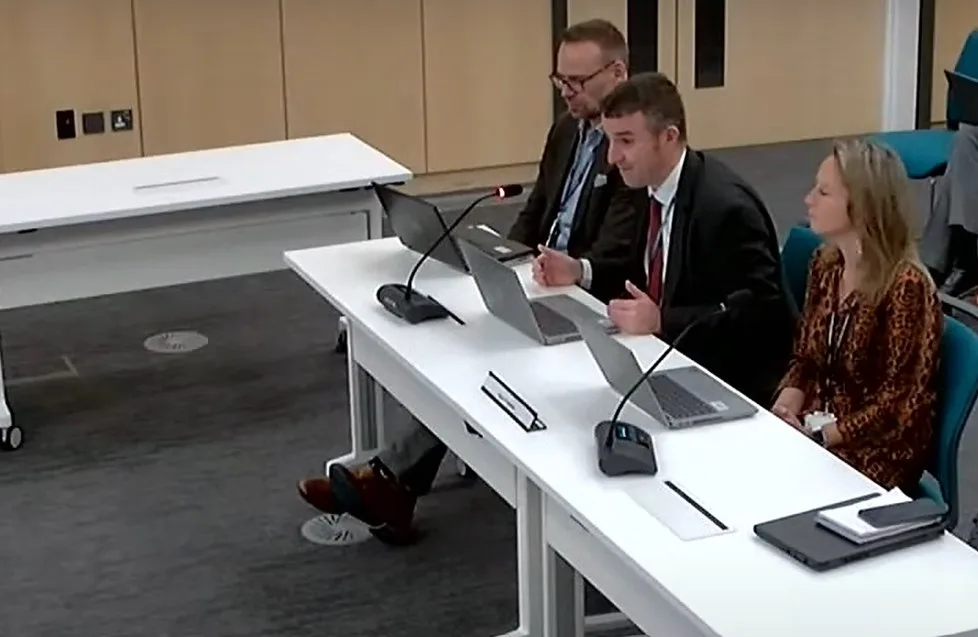
“If Mr Marks wants to understand the real problem facing the underfunding of schools and other public services in Fenland, he needs to look at the actions of the Conservative run district council.”
Mr Field said the infrastructure that can be delivered to local communities is impacted directly by the level of developer contributions negotiated by Fenland District Council.
“There are concerns that Fenland District Council is unlikely to generate sufficient funds for the delivery of the additional school places necessary to meet the demands from new housing developments,” he said.
“That is because the council only levies £2,000 per dwelling (which is shared between health, open space, education, transport etc).
Restriction on borrowing
“The county council’s own financial position, in keeping with many local authorities, means that it must restrict its borrowing and fund the creation of additional school places through developer contributions or capital grant.
“If there is a shortfall in developer contributions the county council may have no option but to consider temporary classroom accommodation or transporting children to alternative schools, an unpopular and costly measure in a rural district.
“£2,000 per dwelling doesn’t touch the sides in terms of education funding as a new primary school costs £25,000 per place alone without the other infrastructure needed to develop communities sustainably.”
At last November’s children and young people’s committee, the issue of Manea school was raised by Cllr Sam Hoy of Wisbech.
She said she was “loathe to comment because of how pleasant the meeting has been but it would be remiss of me if I didn’t and I wouldn’t forgive myself.
Not informed
Cllr Hoy told the committee that she was concerned the local councillor for Manea had not been informed of the changes.
“I don’t think it’s perhaps necessarily fair that they haven’t been able to have the opportunity to argue their point,” she said.
“Maybe they wouldn’t maybe they would agree I don’t know. Obviously, I can’t speak for them but it’s a shame that they haven’t been given the opportunity.”
She described Manea as being a “very deprived area”.
Cllr Hoy did accept there were challenges surrounding all schools and everyone was entitled to come to the council to make the best case possible for their own school.
“Everyone loves their school, everyone needs more for their school, and I don’t dispute that either so it is a difficult one,” she felt.
Education chief Jon Lewis had earlier told the committee that the cuts in the programme highlighted in the report were only a small part of the cuts the council were forced to make.
“You’ve picked a very small part,” he told one questioner. “We’ve taken £50m out of the capital programme as part of the proposals.
Hole in the resources
He said that ultimately the budget dictates there is a hole in the resources that the council has available, and officers had put forward some difficult decisions.
Mr Lewis said there was a need to be pragmatic about the financial position.
He told councillors “you’ve got the tables and maybe suggest to us where else you might want us to look around that.
“We have had to bring forward the things that we think are the least impactful.”


